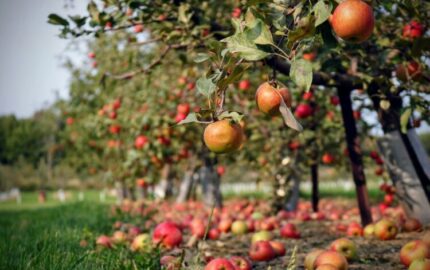Why is it great? A few weeks ago I went to an exhibit of Andrew Wyeth's paintings in Seattle (a strange experience for someone who lives half an hour from the places he painted in Maine), and I was struck by the poetry of his observations in the notes next to the artworks. Like this one, about a tattered lace curtain blowing in the breeze: "Decades of wind and incoming fog had shredded the delicate lace, and now it moved like a ghost from the house's past." The same poetry fills this observation about winter: "The bone structure of the landscape" is so visceral and evocative. But it's the last line -- "Something waits beneath it; the whole story doesn’t show.” -- that really moves me. It's both sinister, suggesting that something unseen lurks below, and hopeful, reminding us that spring will come.
“I prefer winter and fall, when you feel the bone structure of the landscape — the loneliness of it, the dead feeling of winter. Something waits beneath it; the whole story doesn’t show.”
—Andrew Wyeth, American painter


